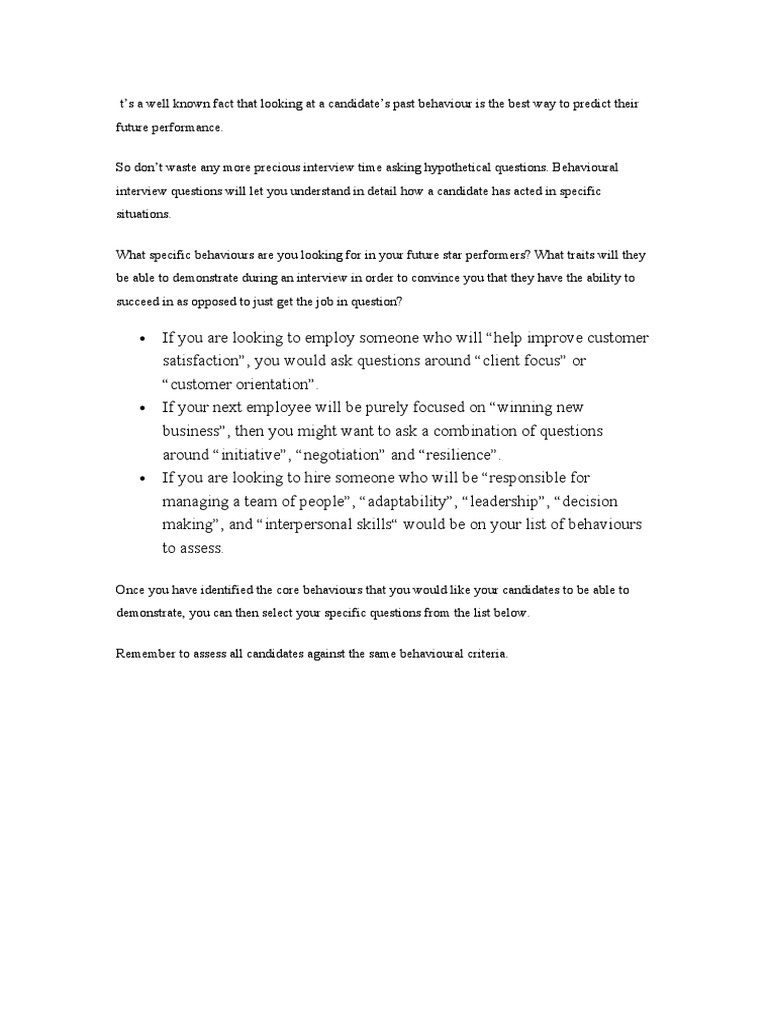Algorithms For Interviews Pdf Adnan Azizi

Algorithms For Interviews (AFI) aims to help engineers interviewing for software development positions as well as their interviewers. Download Notification Enabler For Nokia Asha 206 more. AFI consists of 174 solved algorithm design problems. It covers core material, such as searching and sorting; general design principles, such as graph modeling and dynamic programming; advanced topics, such as strings, parallelism and intractability.
Algorithms for Interviews Adnan Aziz pdf. Information about the torrent Algorithms for Interviews Adnan Aziz pdf. Seeders, leechers and torrent status is updated. Dirk Sibbing, MD; Isabell Bernlochner, MD; Adnan Kastrati, MD. A combined dual antiplatelet treatment. Including (1) genotyping assays are not available in all situations; (2) algorithms are missing and are. Hulot JS, Bura A, Villard E, Azizi M, Remones V, Goyenvalle C, Aiach. M, Lechat P, Gaussem P.
It also covers system design, problem solving, and interviewing techniques. AFI's authors are practicing algorithmists, with extensive academic and industrial experience. They have collectively published over 100 articles on applied algorithms, applied their skills at Google, Microsoft, IBM, Qualcomm, and a number of smaller software startups, and conducted many job interviews for various computer science jobs. Groboto V3 3 0 Win32 Xforce Varex.
Is a professor at the Department of Electrical and Computer Engineering at The University of Texas at Austin, where he conducts research and teaches classes in applied algorithms. He has won a number of awards for his teaching and research on applied algorithms. He received his PhD from The University of California at Berkeley; his undergraduate degree is from IIT Kanpur. He has worked at Google, Qualcomm, IBM, and several software startups.
When not designing algorithms, he plays with his children, Laila, Imran, and Omar. Amit Prakash is a Member of the Technical Staff at Google, where he works primarily on machine learning problems that arise in the context of online advertising. Prior to that he worked at Microsoft in the web search team. He received his PhD from The University of Texas at Austin; his undergraduate degree is from IIT Kanpur.
When he is not improving the quality of ads, he indulges in his passions for puzzles, movies, travel, and adventures with his wife.
How to buy AFI Version Places to Buy Softcover (ships immediately; eligible for Prime/FSSS) (eligible for free shipping) (ships in 1-2 days) Hardcover Amazon (work in progress) (5-10 day shipping) Indian Edition (Rs. 600, ships in 3-5 day) Summary Algorithms For Interviews (AFI) is a book that aims to help engineers interviewing for software development positions as well as their interviewers. AFI consists of 174 solved algorithm design problems. It covers core material, such as searching and sorting; general design principles, such as graph modeling and dynamic programming; advanced topics, such as strings, parallelism and intractability. It also covers system design, problem solving, and interviewing techniques. AFI's authors are practicing algorithmists, with extensive academic and industrial experience. They have collectively published over 100 articles on applied algorithms, applied their skills at Google, Microsoft, IBM, Qualcomm, and a number of smaller software startups, and conducted many job interviews for various computer science jobs.
Example Let's begin with the picture on the front cover of the book, reproduced on the right. You may have observed that the portrait of Alan Turing is constructed from a number of pictures ('tiles') of great computer scientists and mathematicians. Suppose you were asked in an interview to design a program that takes an image and a collection of s X s-sized tiles and produce a mosaic from the tiles that resembles the image.
A good way to begin may be to partition the image into s X s-sized squares, compute the average color of each such image square, and then find the tile that is closest to it in the color space. Here distance in color space can be the Euclidean distance over Red-Green-Blue (RGB) intensities for the color.
As you look more carefully at the problem, you might conclude that it would be better to match each tile with an image square that has a similar structure. One way could be to perform a coarse pixelization (2 X 2 or 3 X 3) of each image square and finding the tile that is 'closest' to the image square under a distance function defined over all pixel colors (for example, Euclidean Distance over RGB values for each pixel). Depending on how you represent the tiles, you end up with the problem of finding the closest point from a set of points in a k-dimensional space. If there are m tiles and the image is partitioned into n squares, then a brute-force approach would have O(m n) time complexity.